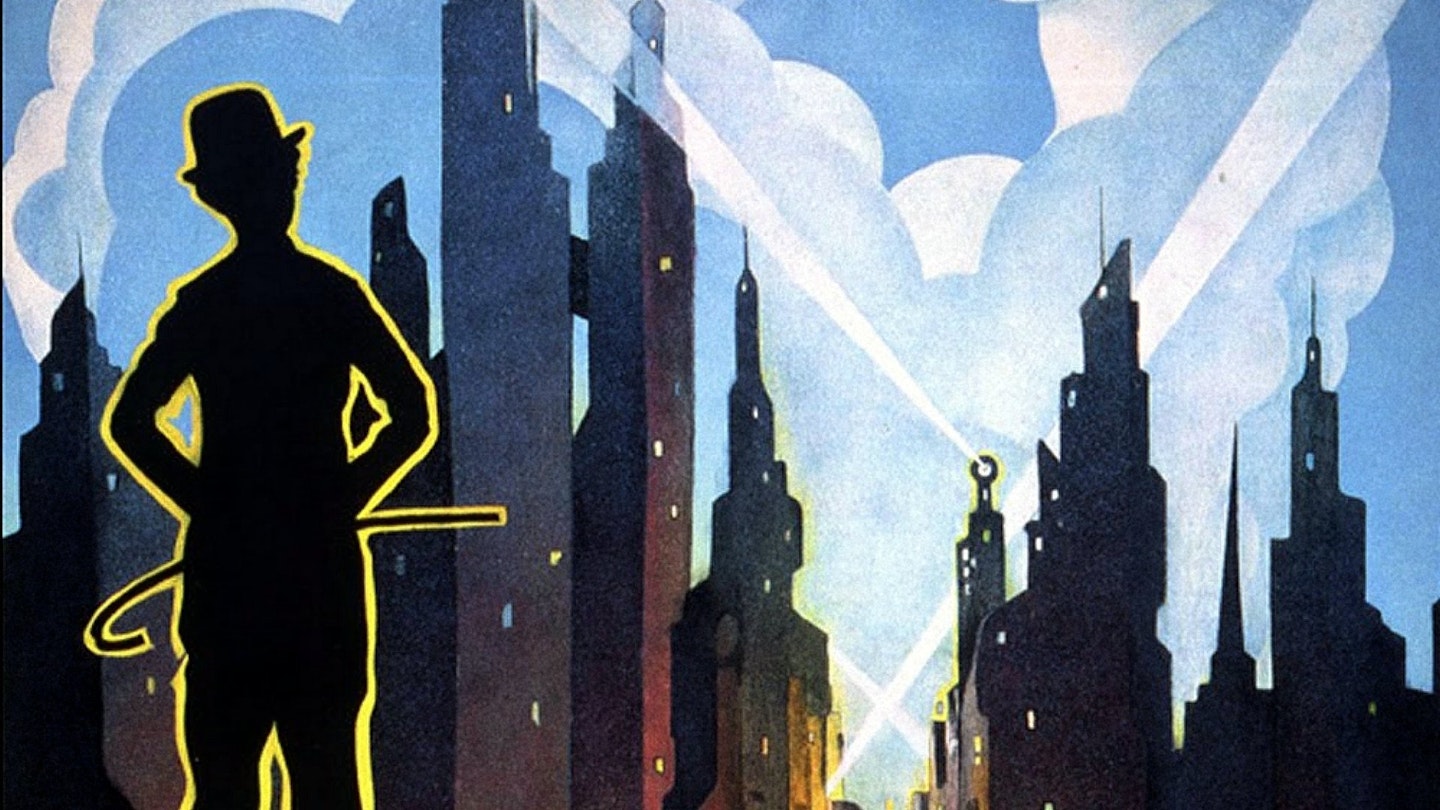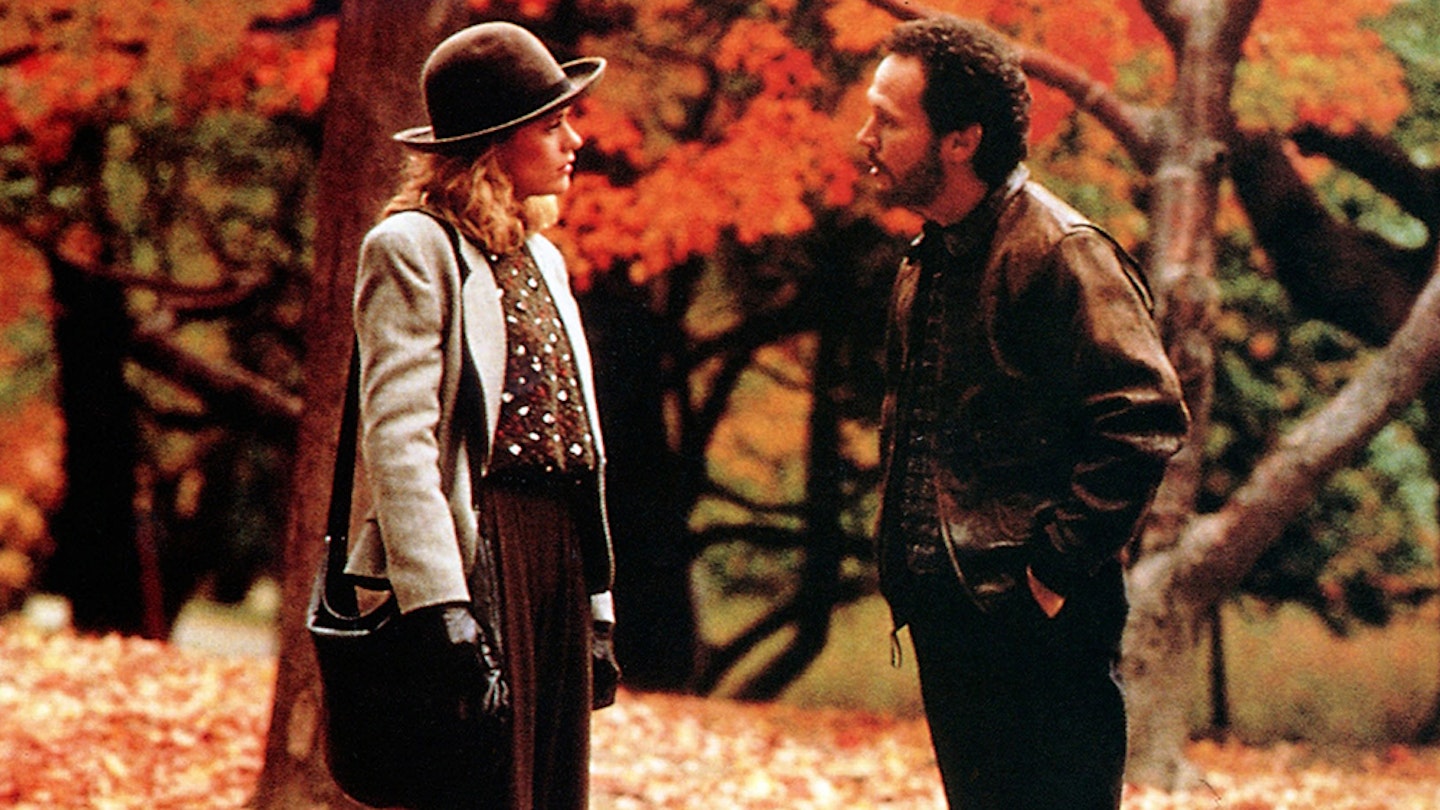Charles Chaplin began shooting City Lights in 1928. Convinced that sound was a passing fad, he determined to stick with the pantomimic style that had made him cinema's first superstar. However, the continued success of the Talkies persuaded him to close the picture down and consider whether he should let The Tramp speak. Resuming in silence, Chaplin was further hindered by the Wall Street Crash, which made the risk of bucking a commercial trend seem all the more precarious. Yet, his courage was fully vindicated when this precision blend of slapstick and sentiment was proclaimed his masterpiece.
The symbolism of the movie's moral message was hardly subtle. When he's blind drunk, the millionaire treats the Little Fellow like a bosom buddy, but the moment he's sober, he denies all knowledge of him. These temporary lapses in prejudicial distinction contrast with the girl's total acceptance, as her blindness forces her to base her judgements on personality not appearance. Indeed, it's her innate goodness that prompts the charitable act which ultimately enables her to recognise her benefactor through touch.
Yet, while he implies this happy ending, Chaplin leaves us wondering whether The Tramp is actually going to settle down and embrace bourgeois society. He had already exploited this ambiguity in The Gold Rush (1925) and The Circus (1928) and would resort to it again in his last `silent', Modern Times (1936), as though he was hedging his bets about if or when the character would return. However, some critics have suggested that the finale's chastity relates to the Little Fellow's Messianic aspect, as he undergoes variations on baptism, denial, miracle-working and persecution in the course of his unrivalled display of selflessness.
Such attempts at interpretation shouldn't, however, obscure the fact that this is a frequently hilarious comedy, with the boxing sequences and the elevator gag ranking amongst Chaplin's most inspired pieces of clowning.

